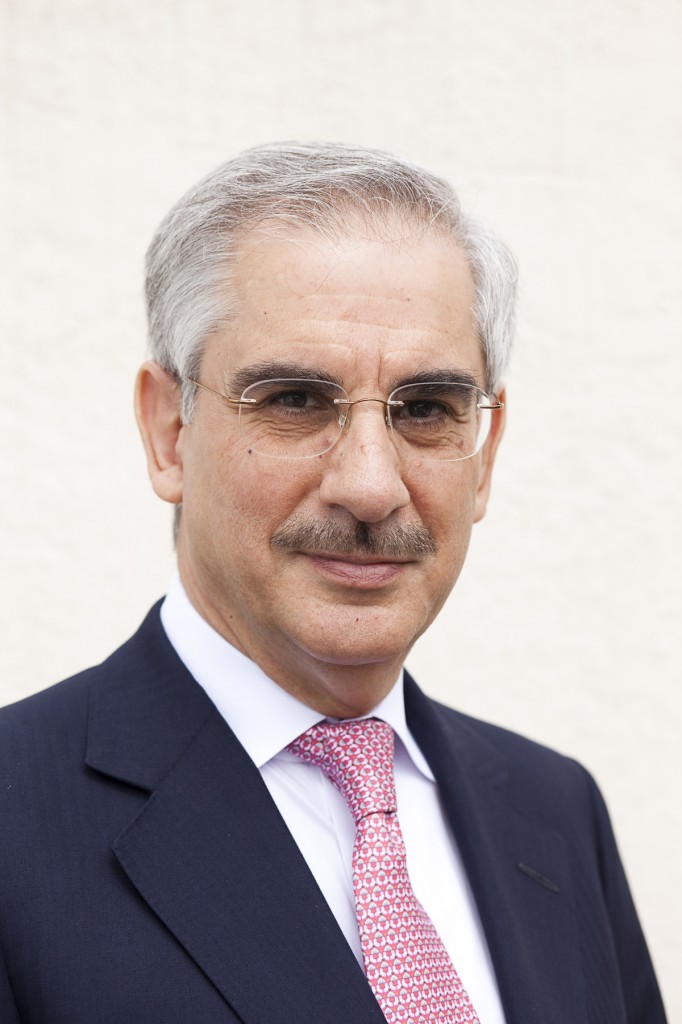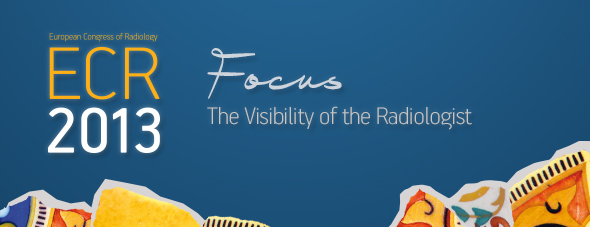ECR 2013 Focus: the Visibility of the Radiologist
With the development of functional imaging, the way patients are imaged has changed, and so has the role of the radiologist. While taking pictures in the basement of a hospital was considered good enough in the twentieth century, radiologists are now required to act as clinicians within multidisciplinary teams. Subspecialisation has become necessary for radiologists in order to keep their leading position in image interpretation. But that is not the only field where radiologists should take the lead, some experts believe. If radiologists were to increase their contribution further up in the diagnostic phase, it would have a significant impact on clinical outcomes and healthcare management. A panel of eminent radiologists will explore ways to do so during a dedicated Professional Challenges Session at ECR 2013.

Professor Andy Adam, professor of interventional radiology at the University of London, will speak about the role of the radiologist in the 21st century.
In the past, radiologists were expected to act as technicians with excellent knowledge of the anatomy. But with the creation of functional imaging, things have become more complicated. The capacity to depict and interpret functions using MRI or PET/CT scans calls for more than the ability to read images, and now thorough knowledge of functional processes and organ systems is expected of radiologists.
Meanwhile, many physicians have been increasingly working with images in recent years. For instance surgeons rely on images to prepare for an intervention, and so do radiotherapists to determine the necessary dose and precise location of a tumour to be destroyed. As their experience with reading images is growing, it is likely that these specialists will find it easier to do so without the help of radiologists in the future.
To put it in a nutshell, if radiology is to achieve its full potential, radiologists will have to make a clinical contribution as well. “If radiologists wish to retain their role as experts in image interpretation, they will not only need a thorough understanding of imaging, but also a detailed understanding of anatomy and pathophysiology, and they will need to subspecialise. That is really something we have to take into account in the future. Radiologists will have to get closer to the patient and talk to the referring physician or surgeon. They will have to become more like clinical doctors than they have been until now,” said Andy Adam, professor of interventional radiology at the University of London.
